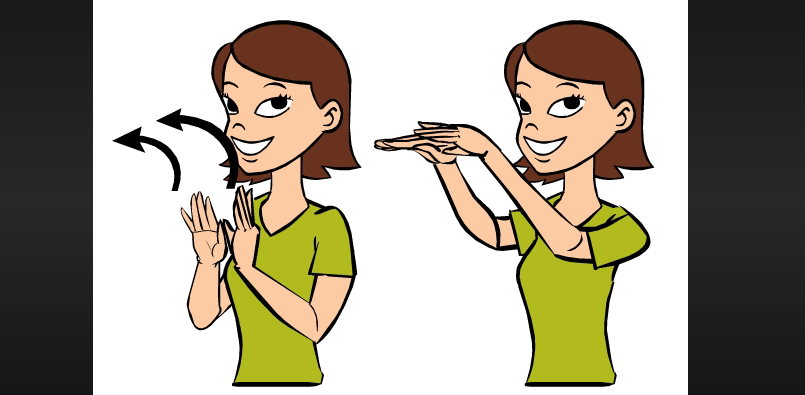Then in ASL: Understanding Its Meaning and Usage
American Sign Language (ASL) is a visual language used by the Deaf and hard-of-hearing community to communicate. Like spoken languages, ASL has its own grammar and vocabulary. In this article, we will explore the meaning and usage of the sign "then" in ASL. Understanding how to express sequence and timing in ASL is essential for effective communication. Let's dive into the world of ASL and discover the significance of the sign "then."
Flat hands move upwwaida
1. Understanding the Sign "Then" in ASL:
In ASL, the sign "then" is used to indicate the sequencing or order of events. It helps convey the concept of "after" or "next." The sign involves moving the dominant hand in a forward motion, similar to a horizontal sweep or timeline gesture. This motion represents the passage of time or the progression from one event to another.
2. Usage of "Then" in ASL:
The sign "then" is a versatile and frequently used sign in ASL. It can be employed in various contexts to express temporal relationships and sequence of events. Here are some examples of its usage:
a) Narrating a Story: When telling a story in ASL, the sign "then" is often used to indicate the sequence of events. It helps establish the chronological order of the story and provides clarity in the storytelling process.
b) Describing Daily Routine: ASL users may use the sign "then" to describe their daily routine or schedule. For instance, they might sign "I wake up, then brush my teeth, then eat breakfast." This conveys the sequence of actions in their morning routine.
c) Giving Instructions: "Then" is frequently used when giving instructions or explaining a series of steps. It ensures that the recipient understands the order in which the actions should be performed. For example, someone might sign "First, gather the ingredients. Then, mix them together and bake in the oven."
3. Non-Manual Markers and Facial Expressions:
In ASL, non-manual markers and facial expressions play a crucial role in conveying meaning and clarifying the context of signs.
When signing "then," it is important to accompany the sign with appropriate facial expressions and body language to indicate the temporal relationship between events.
This enhances the clarity and comprehension of the message.
4. The sign "then"
In ASL is used to express the sequencing or order of events. It helps convey the concept of "after" or "next" and is commonly used in storytelling, describing daily routines, and giving instructions. When using the sign "then," it is important to incorporate non-manual markers and facial expressions to enhance the meaning and context. By understanding the significance of "then" in ASL, individuals can effectively communicate and express temporal relationships in their conversations.

Thank you in sign languege asl
